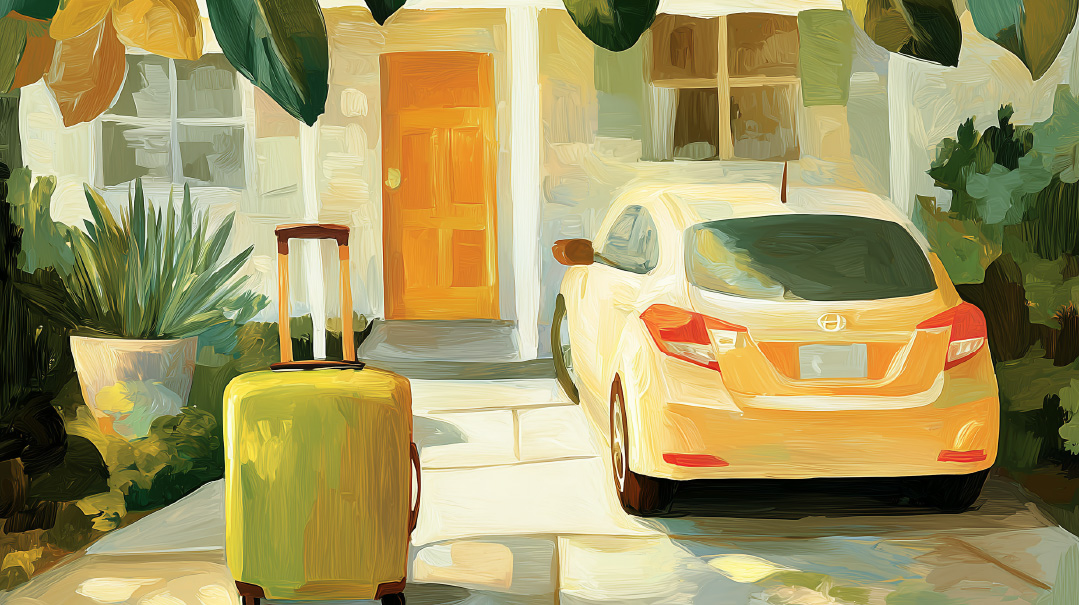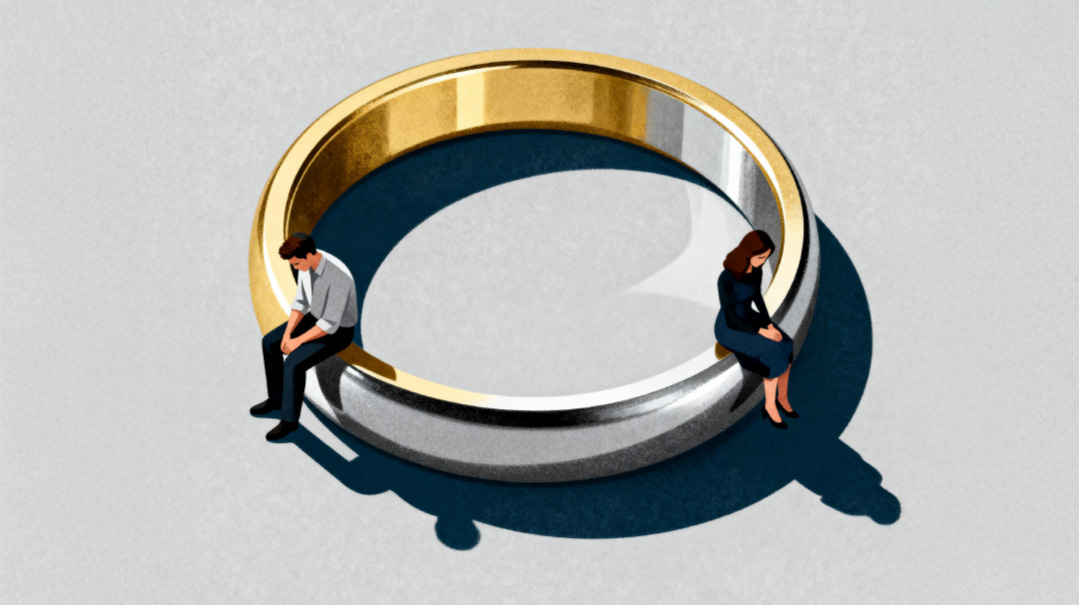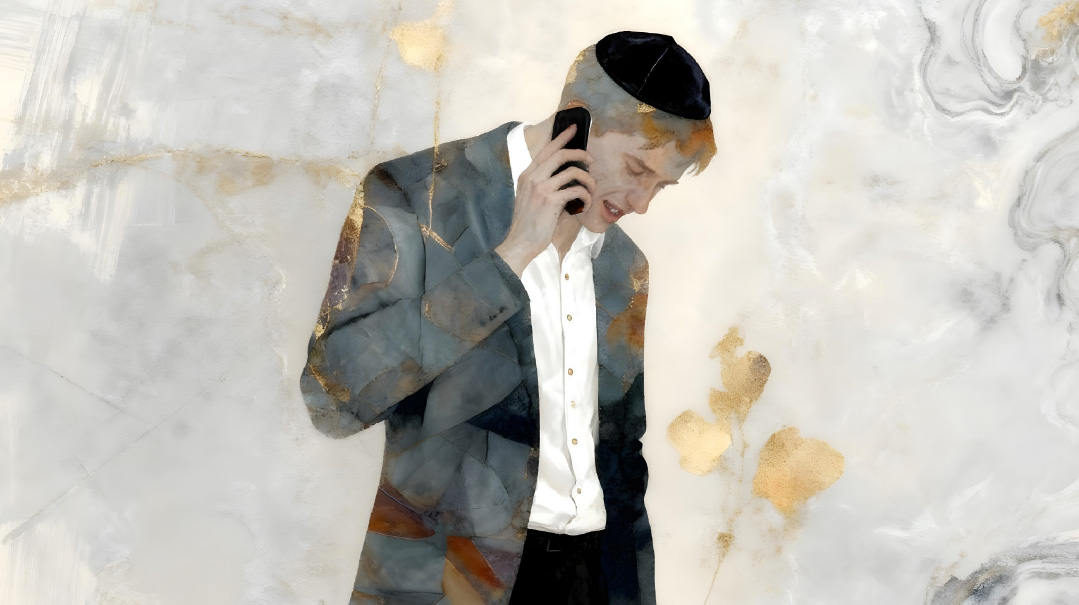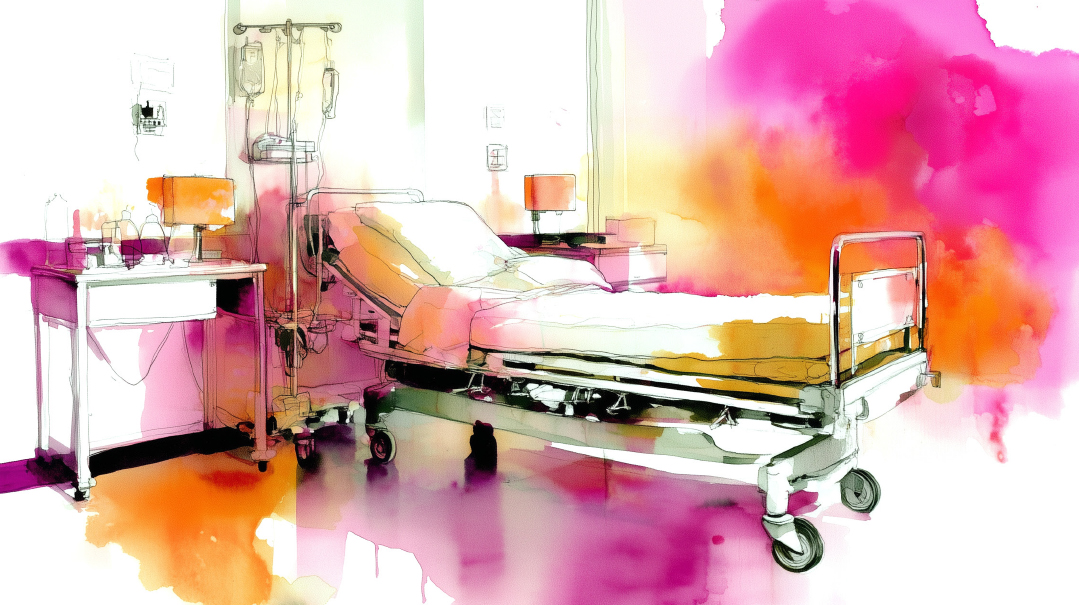Pulses of Hope
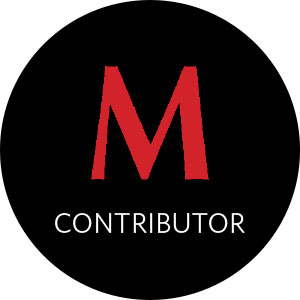
The depression felt like quicksand I’d never escape from. I kept sinking deeper and deeper
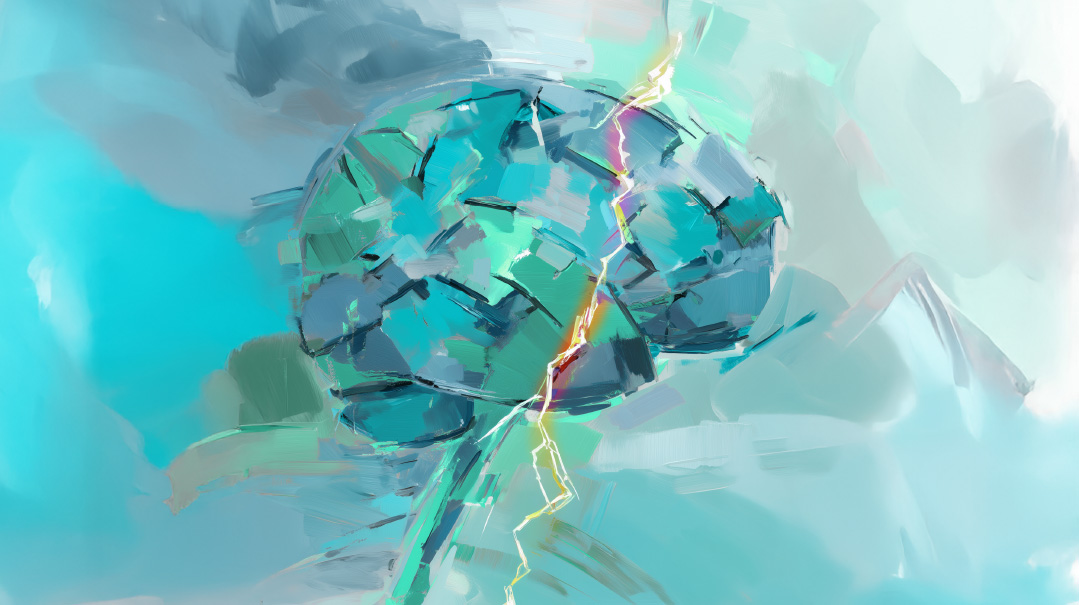
As told to Miriam Bloch by Gitty F.
I
was never, ever the type to take help. I was always the giver, a classic people-pleaser, the one organizing meals for others, checking in to make sure everyone had what they needed. The idea of someone else having to check in on me? Unthinkable.
And honestly, I had never needed it. I managed fine on my own, balancing my home and my four-year-old son without issue. Even when I found out I was expecting twins, I told myself I would figure it out. Yes, it would be a challenge. But I wasn’t the type to ask for help, and I wouldn’t start now.
My story starts four years ago with the twins, a boy and a girl, born via C-section at 34 weeks. Magically, my overwhelming emotion post-birth wasn’t the anxiety or stress I’d expected to feel; it was relief. Carrying them had been physically exhausting, and now, that was over. They were here, healthy and safe. I felt amazing.
I had also expected to be completely drained after birth. Instead, I felt refreshed and energetic. The babies were in the NICU for a week longer than my own two-week hospital stay, and for that extra week, I was delighted to be with them for much of the day and then go home to sleep at night. I had energy. I felt confident. I was ready. Ready to bring them home, to step into this new stage of life.
And when I finally did bring them home? I was still convinced I had it under control. No night nurse, no extra help — just me, my husband, and our perfect schedule.
For the first few weeks, we somehow made it work. We woke up with the twins during the night, adjusting as needed, figuring out their rhythms. But as the days passed, their sleep stretches got shorter instead of longer. We weren’t getting breaks anymore. It felt like they were always awake, always needy.
And little by little, it started to break me.
At first, it was just exhaustion — regular, expected, new-mom exhaustion, the kind that every mother feels. But then exhaustion turned into something else.
I wasn’t just tired; I was drowning.
Every feed, every diaper change, every minute spent rocking a screaming baby started to feel impossible. I was overwhelmed. Completely and utterly overwhelmed. It all felt like too much.
And then one day, I woke up and couldn’t get out of bed.
The twins were next to me, crying, and I just lay there, frozen. I couldn’t pick them up. I couldn’t move.
Tears rolled down my face as I watched them scream. I felt helpless, useless, suddenly unfit to be their mother.
So instead, I stayed in bed. I cried through every waking moment. And waited for something to change.
But nothing did.
Oops! We could not locate your form.

